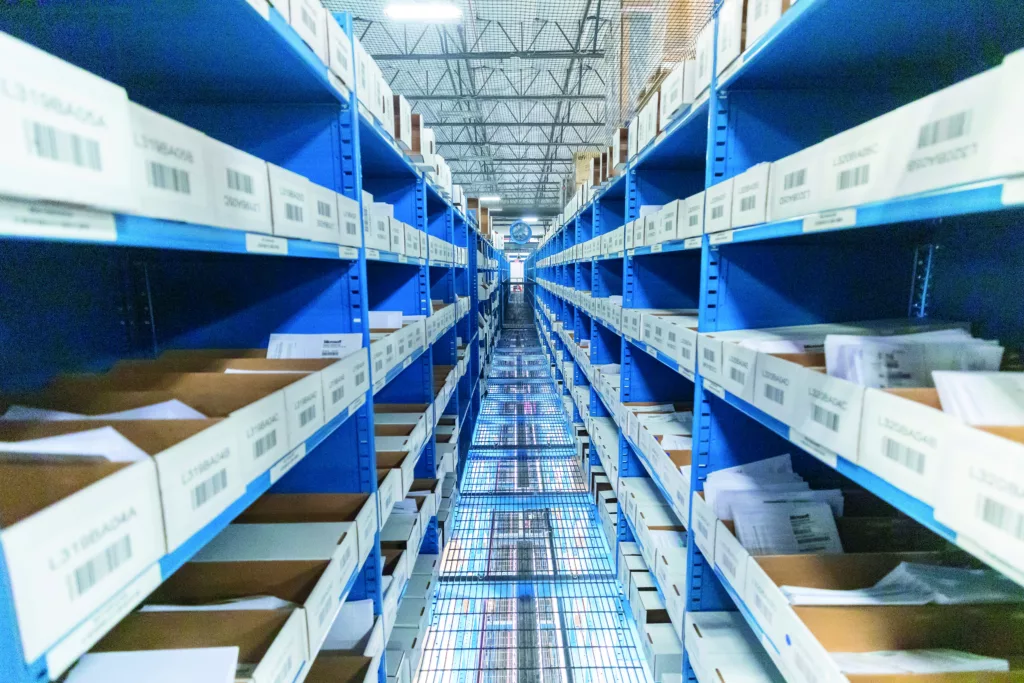Farnell Global’s president global sales, Uma Pingali, explains how deploying a kitting service can help original equipment manufacturers reduce operational expenditure
During periods of short supply and long lead times, inventory can keep an OEM in operation for weeks or months. However, the cost of maintaining inventory can be an unwanted operational expenditure (op-ex). Supply chain management can remove some of the burden and kitting can also smooth the bumps.
Kitting is the process immediately preceding assembly. Components comprising the bill-of-materials are selected from stores and prepared for PCB placement. Kits of parts are prepared based on the production run’s volume. Kitting can also be the moment an OEM realizes it doesn’t have all the parts needed to manufacture the product.
A kitting service can preempt this situation by preparing kits ahead of time. Outsourced kitting can reduce or remove the op-ex of holding inventory and manually picking parts from stores. The reasons an OEM might consider using a kitting service include:
• Volume may be growing or declining
• Product has a fixed BoM that is unlikely to change
• Forecasts are solid, the OEM knows how many products it will manufacture in the next financial period and when
• Product uses parts not on the OEM’s preferred parts list
The last point, about using non-preferred parts, is compelling. OEMs will naturally try to standardize on common parts used in multiple products. It makes sense to standardize on parts kept in stock. Design engineers may even enjoy the challenge of completing a new design using common parts.
However, the semiconductor industry always brings new products to market. When the ideal part comes to market, engineers are often keen to use it. OEMs may want to avoid stocking new parts for just one product. Using a kitting service, particularly from a distributor with a broad portfolio, offers a solution.
Another value proposition is convenience. All parts on the BoM are preprepared and ready for assembly. Kitting mitigates the risk of manufacturing delays due to missing components. Newark offers a kitting service as part of Avnet’s supply chain solutions, delivering convenience and certainty for OEMs.
Future of the kitting industry
Component storage and management is becoming more automated but kitting is still a manual process. The action of picking components from a storage tray and placing them in a bag involves dexterity, coordination, identification, recognition and cognitive decision making.
Technologies such as machine vision and artificial intelligence are changing the component distribution industry. We can expect kitting to become more automated with the adoption of technologies such as collaborative robots enabled by AI and machine vision.
www.newark.com

